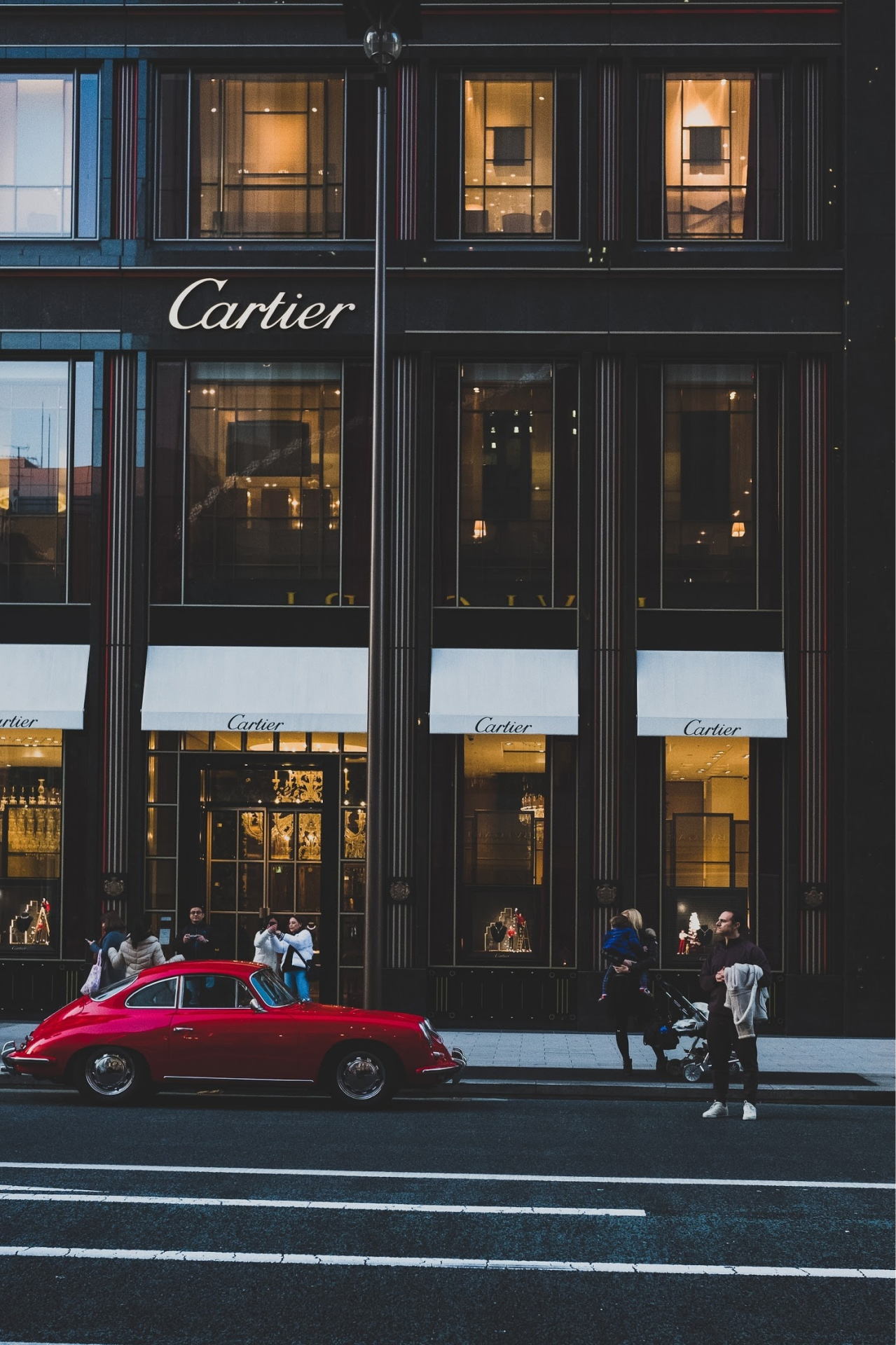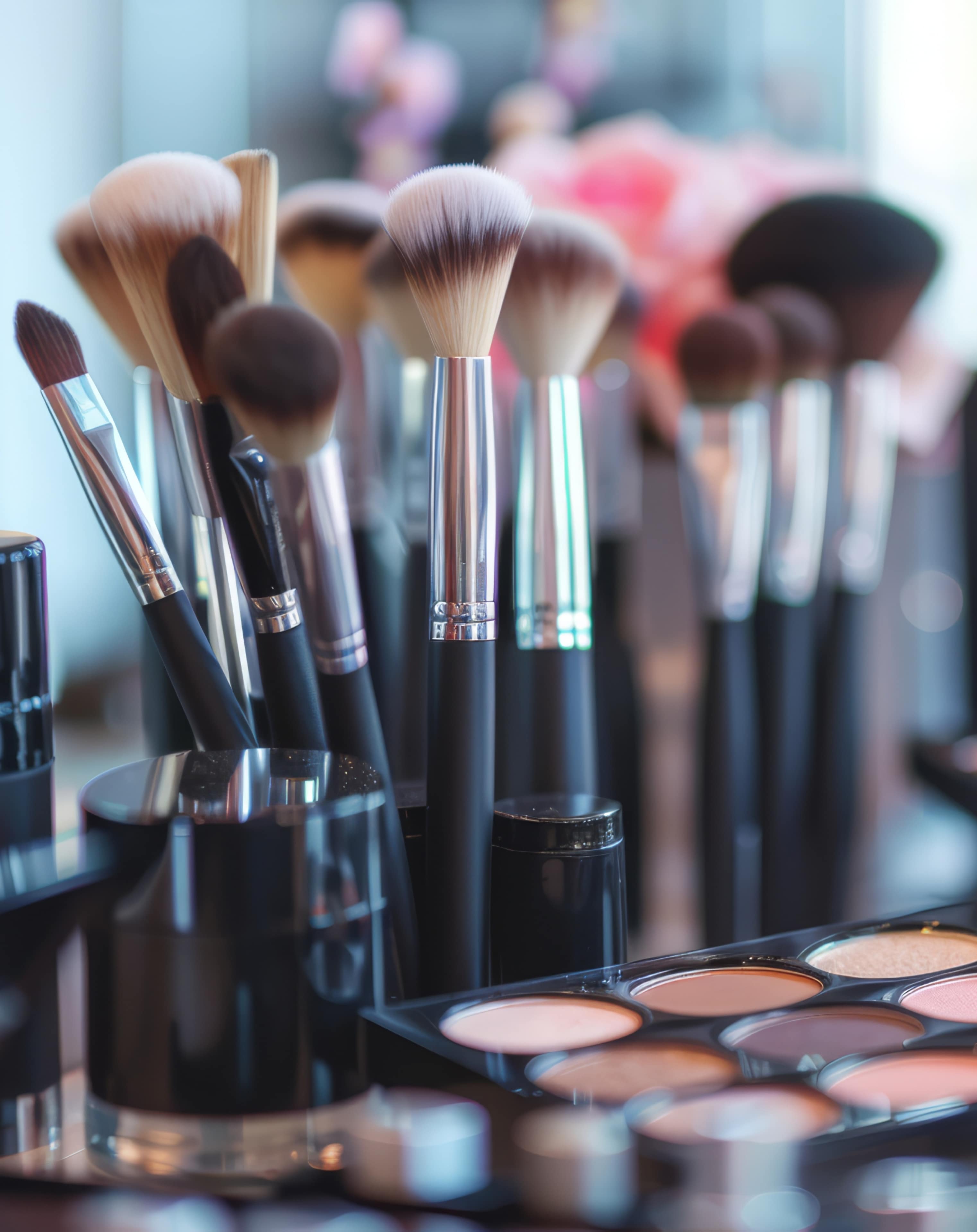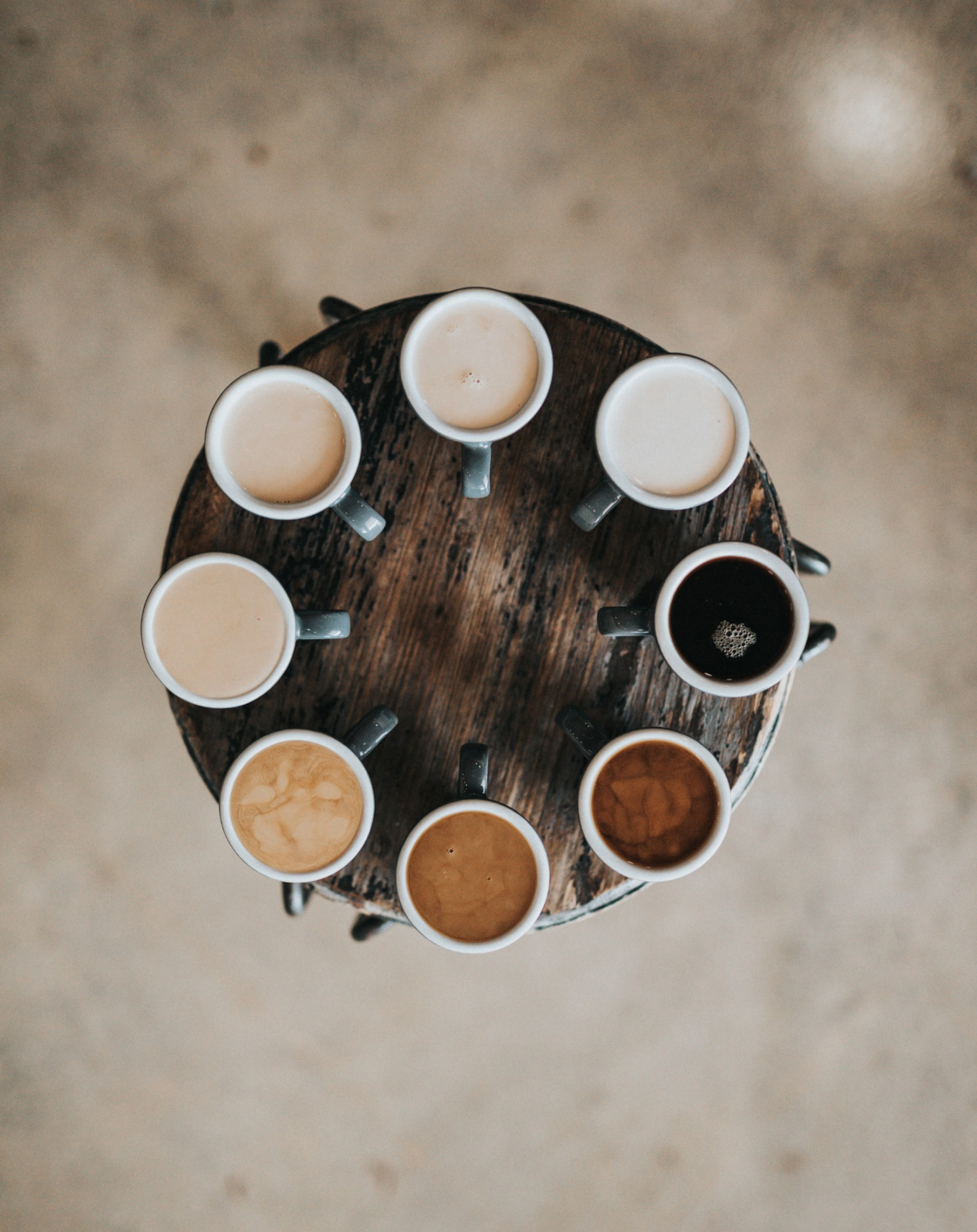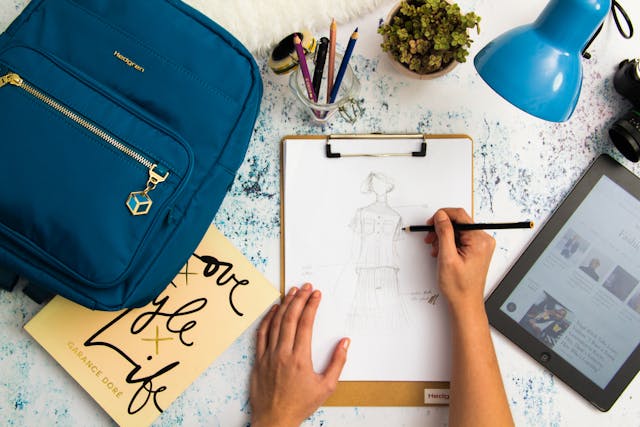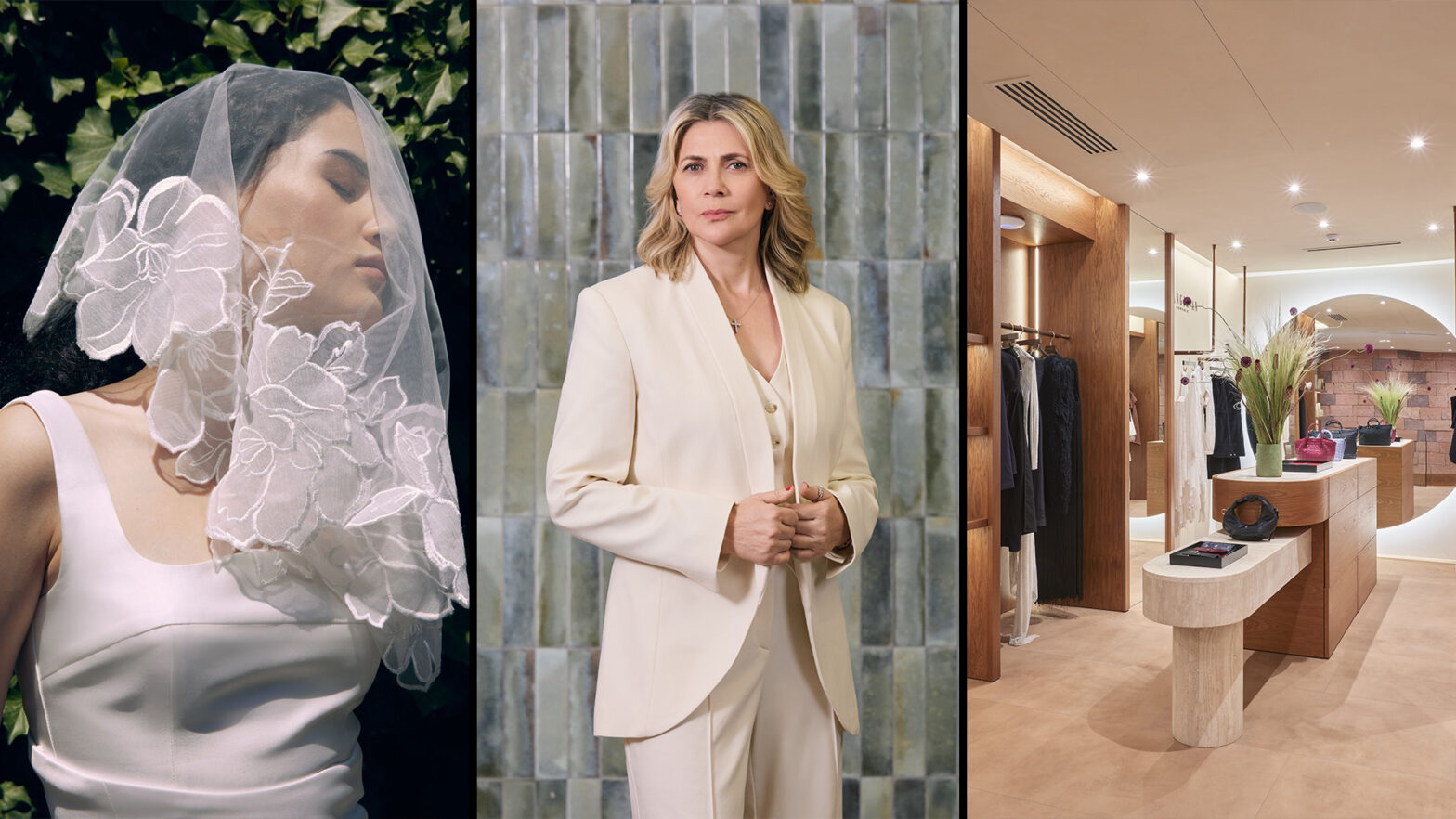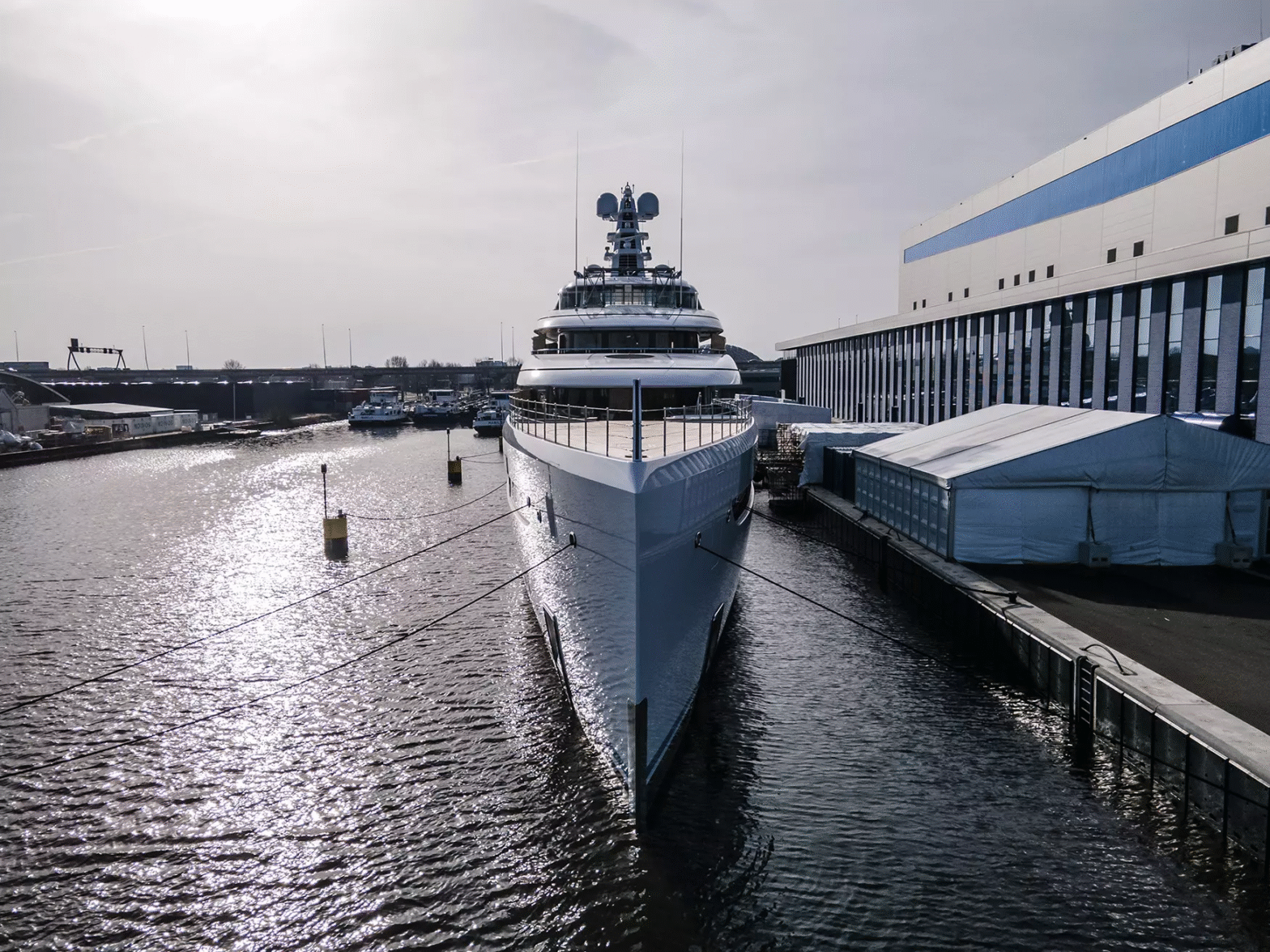How AI Fashion Generator Tools Are Transforming High-End Apparel
Fashion thrives on bold ideas. Luxury brands live at the cutting edge of style. They need to innovate fast to keep buyers engaged. Trends shift overnight, and the old design cycle struggles to keep up.
Technology is stepping in to change that pace. Artificial intelligence now joins the creative process, and its impact reaches far beyond basic sketches.
A New Tool for Bold Design
AI is no longer a novelty. It now acts as a core part of the design process for many fashion houses. The AI fashion generator takes center stage in this shift. It uses massive datasets packed with images, patterns and textures. With this input, the system creates design options that surprise even seasoned professionals.
This is not about replacing talent. It is about adding a new dimension to creativity. Designers gain an assistant that never tires and never runs out of ideas.
Speed Meets Luxury
Deadlines control fashion cycles. Each season brings a flood of expectations, and the clock never slows. Traditional workflows need weeks to deliver concepts. AI tools cut that wait down to hours.
A single input can trigger dozens of design options in minutes. This speed does more than save time. It lets brands test ideas faster and respond to trends while they are still hot. For luxury labels, agility means survival. Quick turnarounds keep collections fresh and relevant.
Breaking Creative Barriers
Human imagination is vast, but it works within patterns built over time. AI works differently. It blends influences without bias. It might pair vintage silhouettes with futuristic fabrics. It can create textures inspired by nature or digital art.
Designers then take these ideas and shape them into final looks. This process pushes boundaries without the fear of wasted effort. For many brands, AI has become the spark behind their most daring concepts.
Fighting Waste Through Digital Prototypes
Waste remains a huge problem in fashion. Samples eat up fabric, energy and hours of labor. AI reduces this burden by generating digital prototypes. Teams can visualize garments in full detail without cutting a single piece of cloth.
This approach trims costs and aligns with green initiatives. It also speeds up the approval process since changes happen on-screen. In an industry facing pressure to embrace sustainability, this shift holds serious value.
Personalization on a Bigger Scale
Luxury shoppers want something that feels unique. Mass production rarely satisfies that demand. AI steps in with data-driven personalization. It studies patterns in buying habits, social trends and color preferences.
From there, the AI fashion generator creates designs tuned to those insights. Brands can offer semi-custom looks without slowing production. This level of personalization sets them apart in a crowded market. It turns exclusivity into a scalable advantage.
Enhancing the Digital Shopping Experience
Online shopping dominates modern retail. Customers scroll through endless options before choosing. AI-powered visuals make that journey more engaging. Generators create lifelike renderings that show how a design looks in different colors or fabrics.
Some systems even let shoppers tweak styles in real time. This interactivity boosts confidence in buying decisions. It also drives conversions since buyers feel involved in the design process. For high-end labels, this feature adds a premium touch to digital sales.
A Future Shaped by AI
The role of AI will only grow. Soon, we might see entire collections built in virtual spaces before hitting the runway. AI will pair with 3D printing to create garments on demand. Virtual fitting rooms will let buyers try on clothes without leaving home.
Through it all, designers remain at the helm. AI does not replace intuition. It amplifies it. Brands that embrace these tools will stay ahead of the curve. Those that resist risk losing their edge in a fast-changing market.
The Takeaway
AI fashion generators have moved from novelty to necessity. They speed up design cycles, cut waste and fuel creativity. They make personalization easier and online shopping richer. They help brands stay agile without sacrificing quality.
This is not a threat to artistry. It is a tool that unlocks new potential. For luxury fashion, the future is digital and dynamic. AI stands at the center of that shift, and its influence will only grow.

